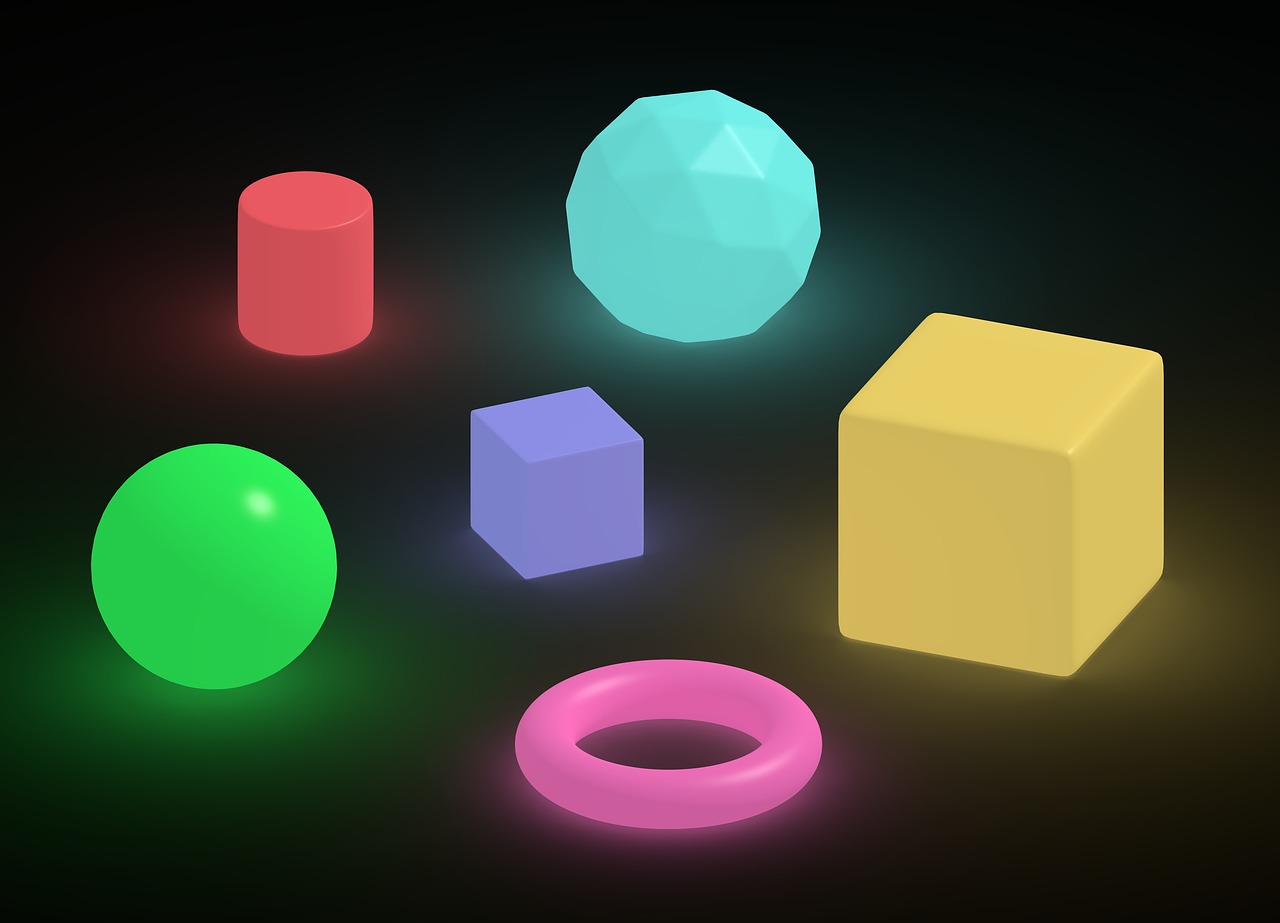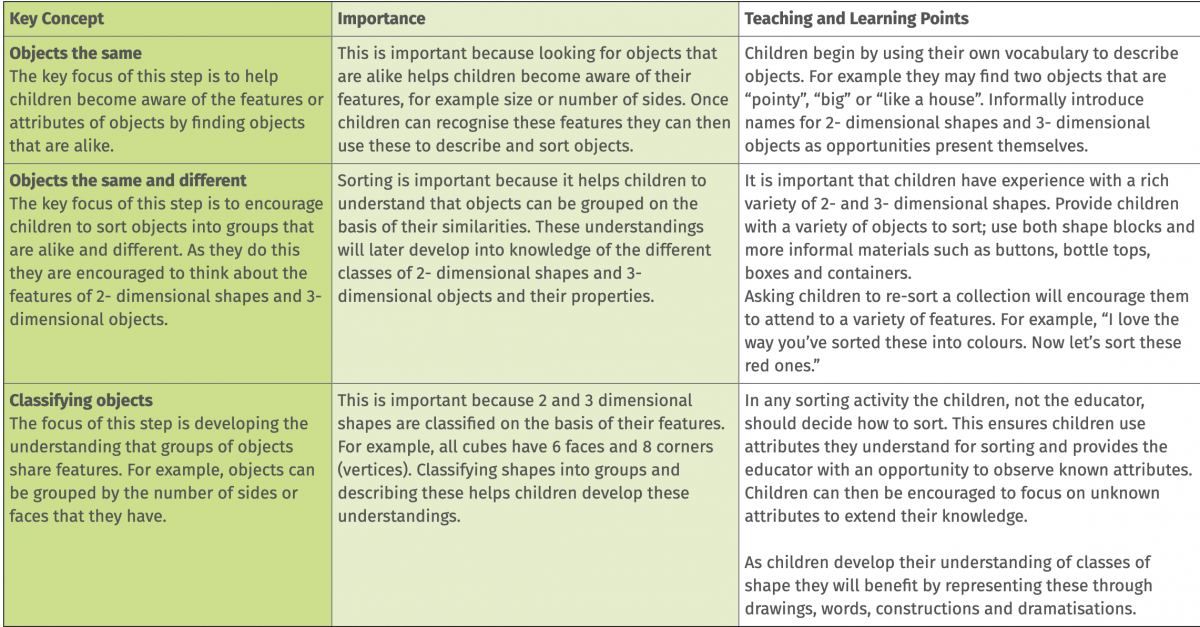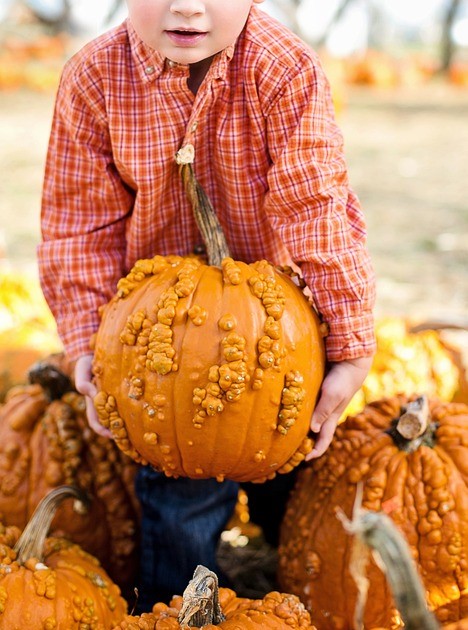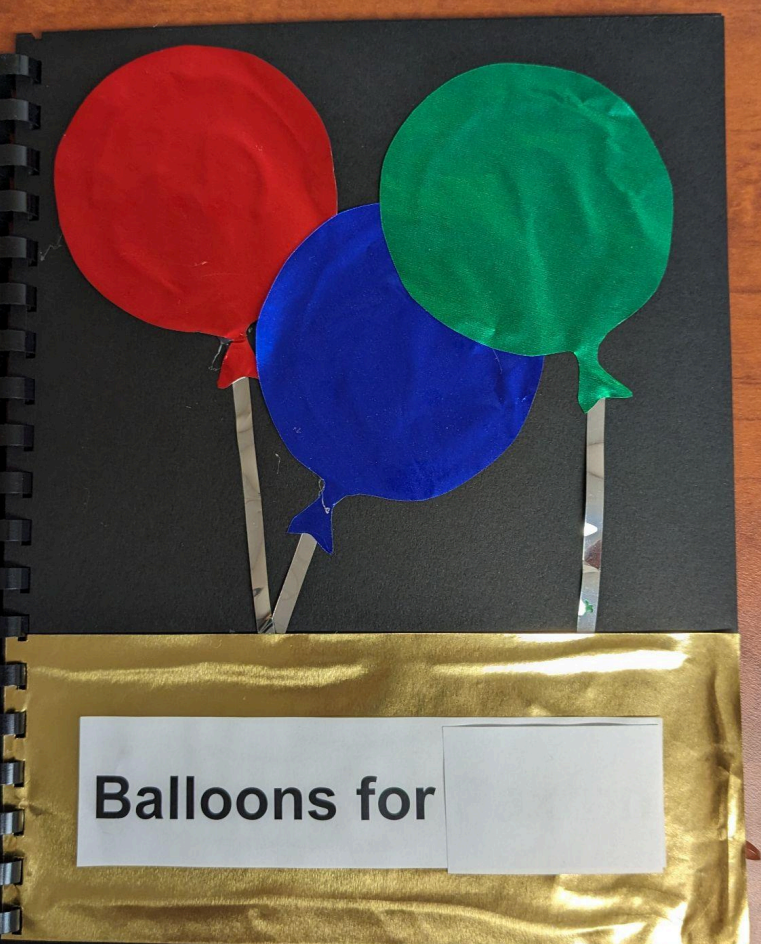OVERVIEW
As your child matures, we hope that more and more advanced hand skills develop, and sometimes those skills need to be specifically taught. The skill that we are focusing on here is the ability to trace along the edges of objects with hands and fingers. This is called an exploratory procedure and the information that is taken from it is SHAPE, both general and exact. (McLinden, M., McCall, S., 2002. Learning Through Touch, supporting children with visual impairment and additional difficulties, David Fulton Publishers, Ltd.). Shape is perceived because of edges!
How helpful is it to recognize shapes? VERY! For cognitive development: such as how objects are the same or different; for understanding space and where you are in it (mapping); for understanding how to get some place (routes); pre-math skills and geometry, and literacy (recognizing print, braille and tactile images).
Ways That Knowing About Shapes Helps Us In Daily Life
These are some ways that knowing about shapes helps us in daily life:
Why Colors and Shapes Matter
Have you ever wondered why most early childhood programs teach children their colors and shapes early in the year? Why not letters and numbers? Why not cats and dogs? It’s because color and shape are two very noticeable attributes of the world around us. When you look out your window, you may not be saying it … but your mind is noticing and identifying the green trees, brown rectangle buildings, square windows, and blue sky. Color and shape are ways children observe and categorize what they see. These very recognizable characteristics encourage children to define and organize the diverse world around them.
The Power of Shape
We all use shape as a way of identifying and organizing visual information. Very early, your child begins to make a connection between familiar objects and their shapes. Changes in these can be surprising. For example, at first he may not want to eat round waffles or square cookies. But once he experiences this new shape information (and finds out it is still delicious!), he can easily integrate the new shape into his pantheon of shape knowledge.
- When your child explores different shapes, she is using one of the most basic educational processes: the observation of same and different. This concept provides her with a basic process that she will be able to use in observing, comparing and discussing all she sees and encounters.
- Shapes are also symbols. Not surprisingly, the early recognition of shapes relates to your child’s ability to read symbols otherwise know as letters. Capital letters are made mostly of circles (or parts of circles) and lines. The first step in understanding letters is the ability to know the difference between a circle and a square or rectangle. Provide your child with lots of paper and crayons to experiment with drawing lines and shapes. Don’t worry if they are not perfect at first. It is most important for him to get the “feel” of the shapes in his hand before it is perfectly represented on paper. This shape drawing will naturally lead to writing letters. Take the letters of his name and help him see the shapes inherent in them.
- Pre-math and logic skills: One obvious reason for learning about shapes is to practice geometry skills. How does a preschooler use geometry skills in everyday life? When a child is trying to figure out why his tower of blocks keeps tipping over or when another child is trying to fit all of the toys they can into her suitcase to go to grandma’ house they are making use of their geometry skills. In completing these activities they are practicing how to use their geometric imagination, manipulating shapes in their minds.
- Sorting objects into groups that are alike is another important mathematical concept for preschoolers to learn. This is a precursor to many analytical and problem-solving skills children develop as they get older. Once children learn about shapes and colors they have the ability to sort items based on these easy to recognize attributes.”
- The Importance of Learning About Shapes For Preschoolers: “Shapes are extremely important in basic and more advanced math. Most adults will immediately think of geometry, but shape patterns and spatial perception help your child to develop sequencing and logic skills that they will use later in their school career in subjects like calculus.
- We use shapes every day as adults, although we may not realize it. Think about rearranging the lounge furniture, cleaning out the kitchen cupboards or the refrigerator – all done according to the shape of the items in them, and how they will relate to each other. Road signs and markings make extensive use of different shapes, helping us to recognize them before we can actually read them.”
Shape: Early Learning Progression
The Shapes recommended for this activity are: Line, circle, square/rectangle, cylinder and cross (like an intersection of two lines)
- Begin with one shape at a time. Help child trace along the contours of objects that can be held in the hands. Label the shape.
- Find other objects of the same shape that are hand-sized and use the same process.
- Present the same shapes in different sizes, textures. The shape remains the same whether it is in plastic or metal.
- Then move on to larger objects of the same shapes in everyday environments. These are explored with the hands while moving around the perimeter of the shape: tables are typically circles, rectangles or squares. Container lids are round, square or rectangular.
- Play matching games with shapes.
- Point out the shape of the week while out and about.
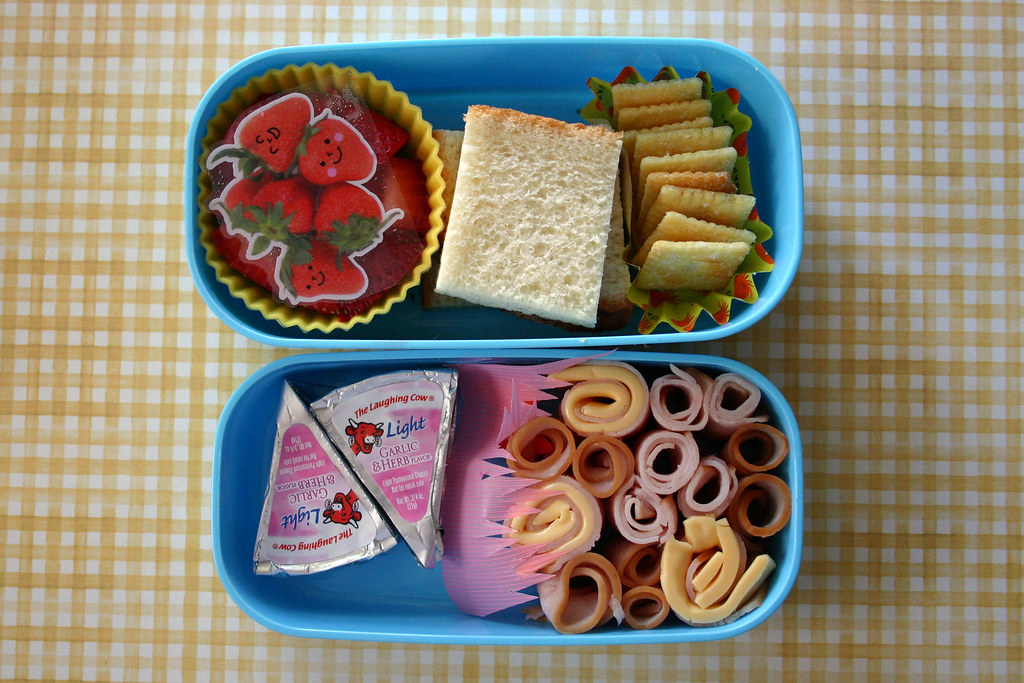
Ideas for Making the Activity More Challenging
- Play shape-sorting games with simple household items. Put a collection of objects on the floor and invite your child to sort them into different piles — for round, square, flat, or rectangular items. Then ask him to go on a treasure hunt around the house to find one more thing that can go in each pile. You will be asking him to apply what he has learned in sorting the shapes to the greater world around him.
- Take a shape walk around the neighborhood. You might want to focus on one shape at a time. This will help your child match the shape to objects in the environment, and to notice same and different. Give her a cardboard circle to carry as you go on your “circle walk.” You can also take a shape walk looking for all shapes. Carry a clipboard and a piece of paper with the basic shapes drawn on it. Every time your child finds one of the shapes, she can draw a tally mark. Which shape did she find the most of? Find more shape and size activities.
- Walk the shape. Use sidewalk chalk on the driveway.
- Make shapes with sides and corners with popsicle sticks and glue.
—- From Why Colors and Shapes Matter
Ideas for Simplifying the Activity
- Straight or crooked? Push children in wheelchairs straight and crooked to see if they can feel the difference.
- Tie a rope between two objects. Have child trail the rope (line) out and back (reverse). When “turning around” the opposite hand holds the rope.
- Cookie cutter sandwiches (or scissors): Ask your child if he wants a circle sandwich or square sandwich. Be sure to have him trail the edge to determine the shape before eating.

